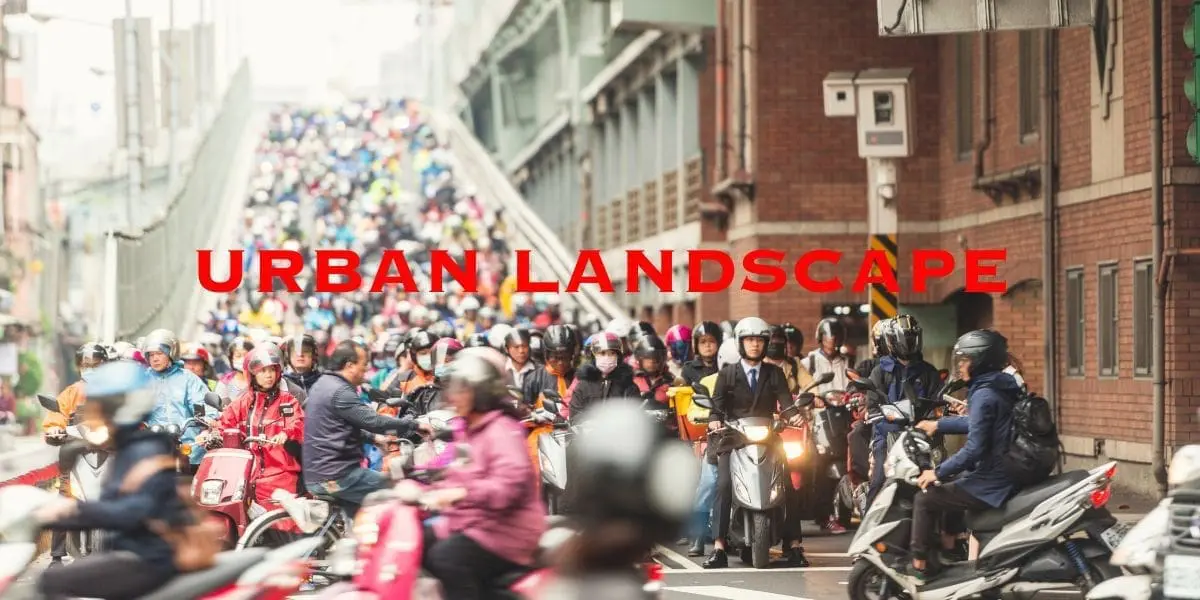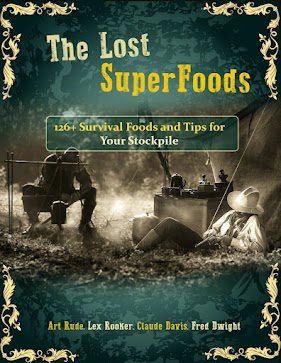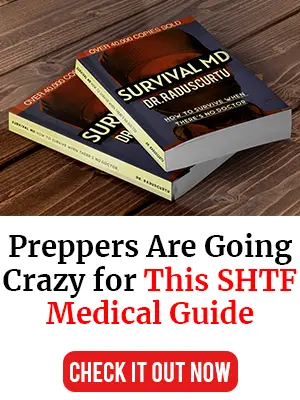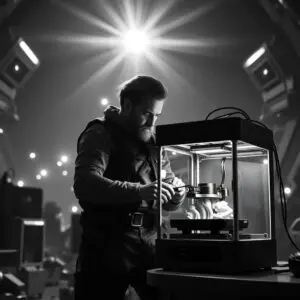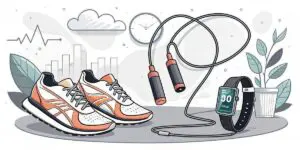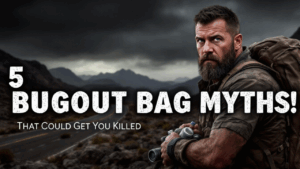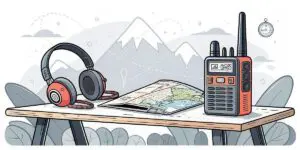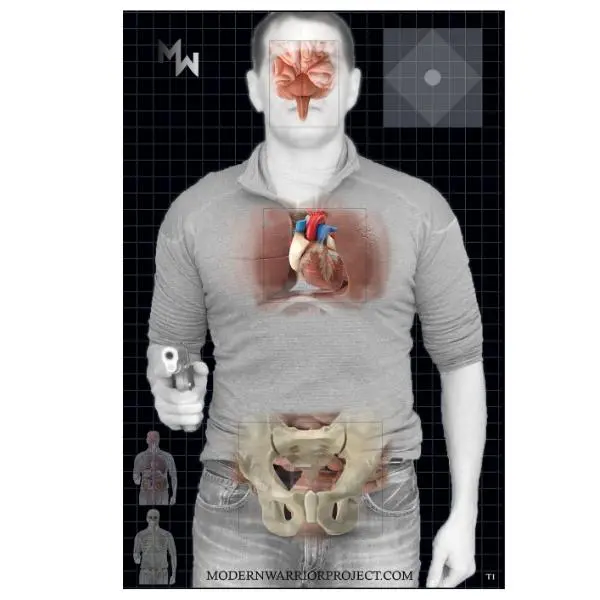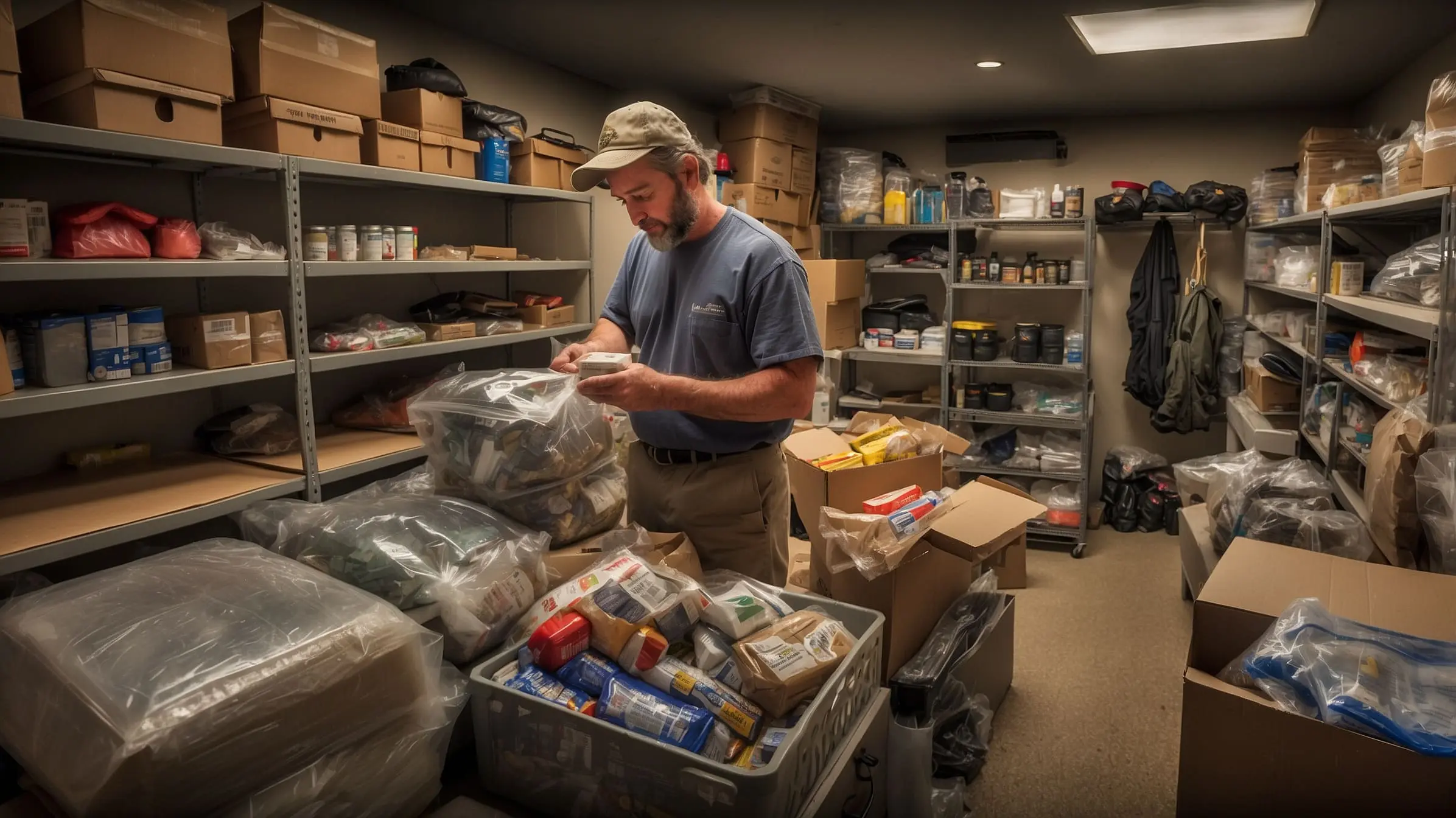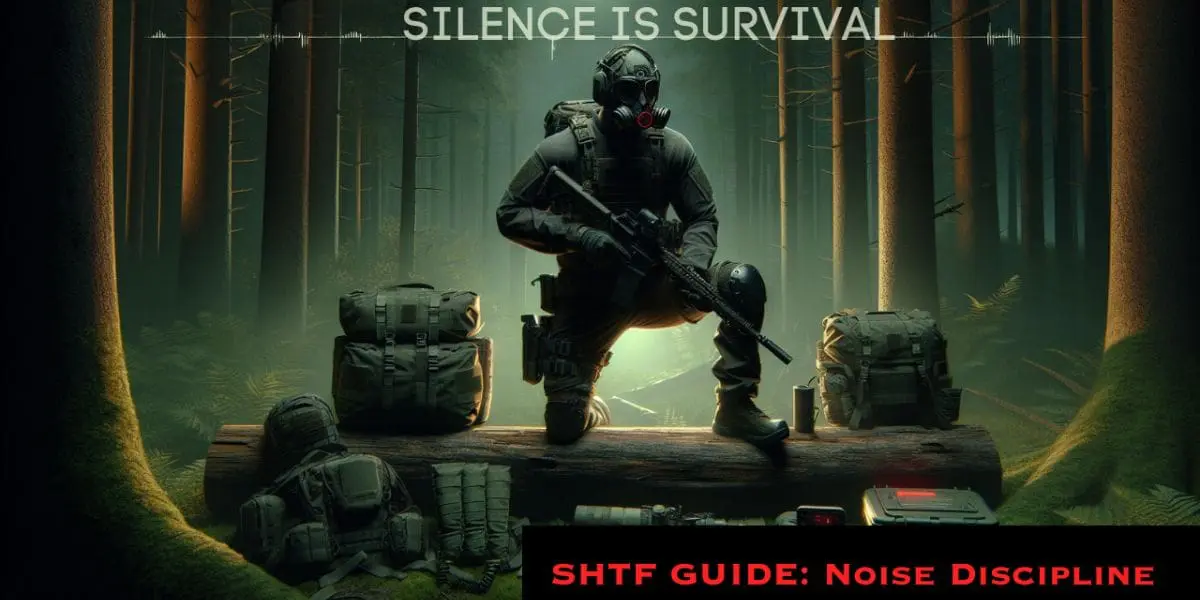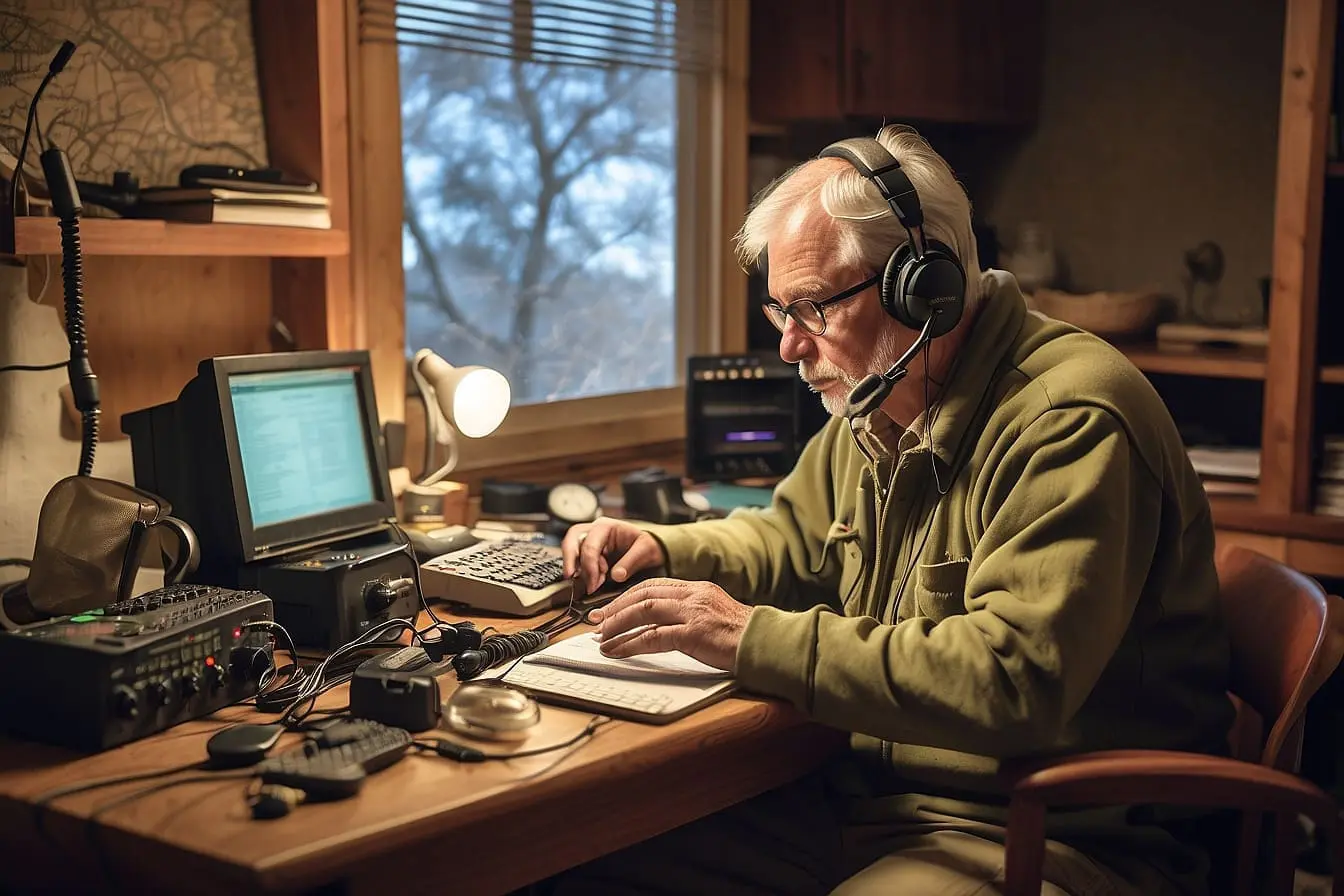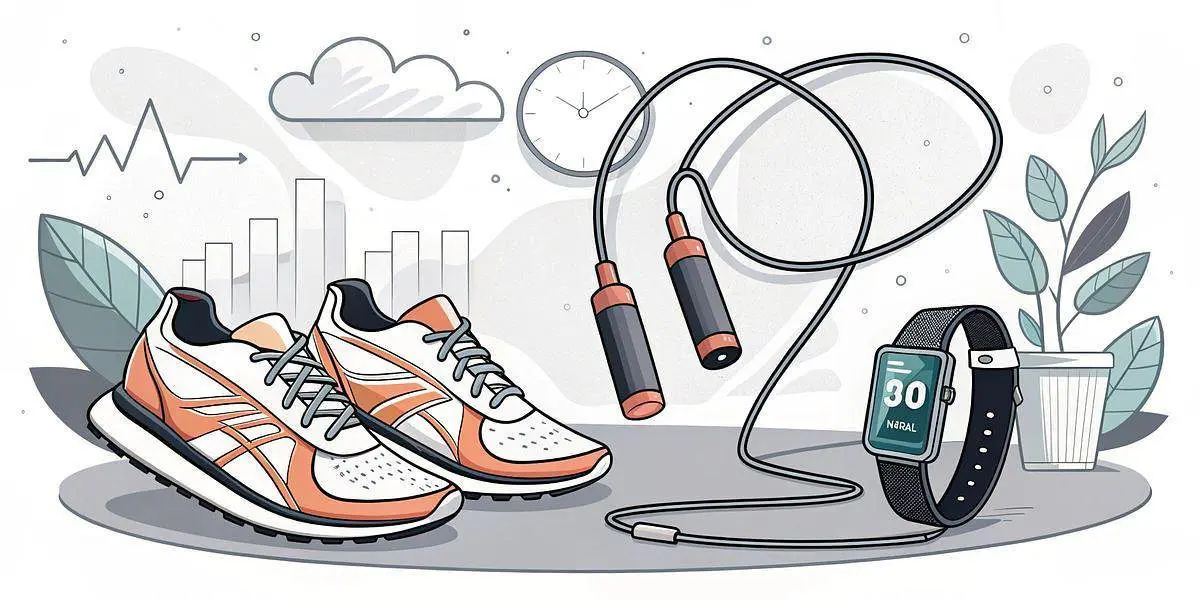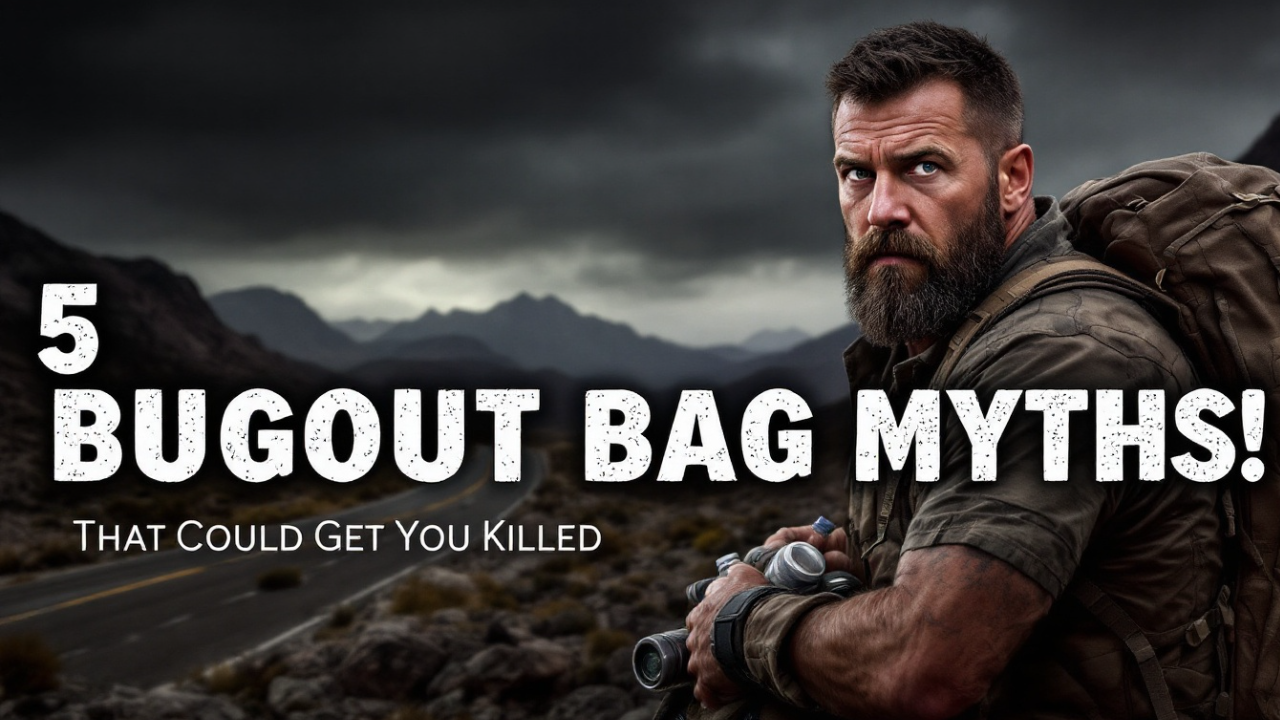In the modern world, urban environments have become a significant part of our lives. Whether it’s bustling cities or smaller towns, these landscapes are filled with unique challenges and opportunities. Understanding the urban landscape is not just about getting from point A to point B; it’s about recognizing the intricate dynamics of the city and using that knowledge to your advantage, especially in survival situations. This article will delve into the importance of familiarizing oneself with urban surroundings, including understanding traffic patterns, identifying potential safe and danger zones, and knowing the locations of essential resources like hospitals, police stations, and food stores.
Real Non-Perishable Meals, 25-Year Shelf Life, Portable Flood-Safe Container, 120 Servings
Understanding Traffic Patterns
Cities are designed with traffic flow in mind. Recognizing the traffic patterns in your city can provide invaluable insights into the best times and routes for travel, especially during a crisis. Peak hours often lead to congested roads, making it difficult to move quickly or escape if necessary. Therefore, knowing alternative routes and their peak times can be a lifesaver. Public transportation routes are also vital to understand as they can serve as a quick means of evacuation when personal vehicles are not an option.
Identifying Safe and Danger Zones
Not all areas in a city are created equal. Some neighborhoods may be more prone to crime, while others might be safer. Identifying these zones can help you navigate the city more safely, especially during emergencies. Safe zones can serve as potential rally points or hideouts, while danger zones should be avoided whenever possible.
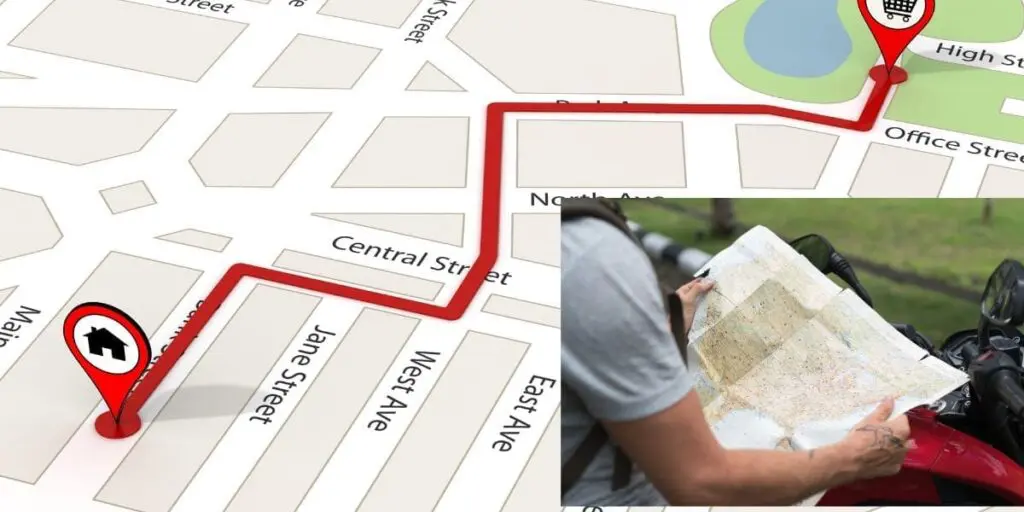
Additionally, consider environmental dangers. Are there areas prone to flooding during heavy rains? Are there industrial zones that could pose chemical risks in certain situations? Understanding these dangers is crucial for urban survival.
Knowing the Locations of Essential Resources
In an urban survival situation, access to essential resources can mean the difference between life and death. It’s crucial to know the locations of hospitals, police stations, and food stores in your city.
Hospitals are not just for medical emergencies. They can also be sources of medical supplies and potential shelter in a disaster. Police stations are similarly useful as they are often equipped to deal with emergencies and can provide safety in times of civil unrest.
Food stores, while obvious, are essential locations to remember. In a prolonged crisis, these will be among the first places people will go for supplies. Knowing their locations, as well as smaller, less obvious sources of food and water, can give you an edge.
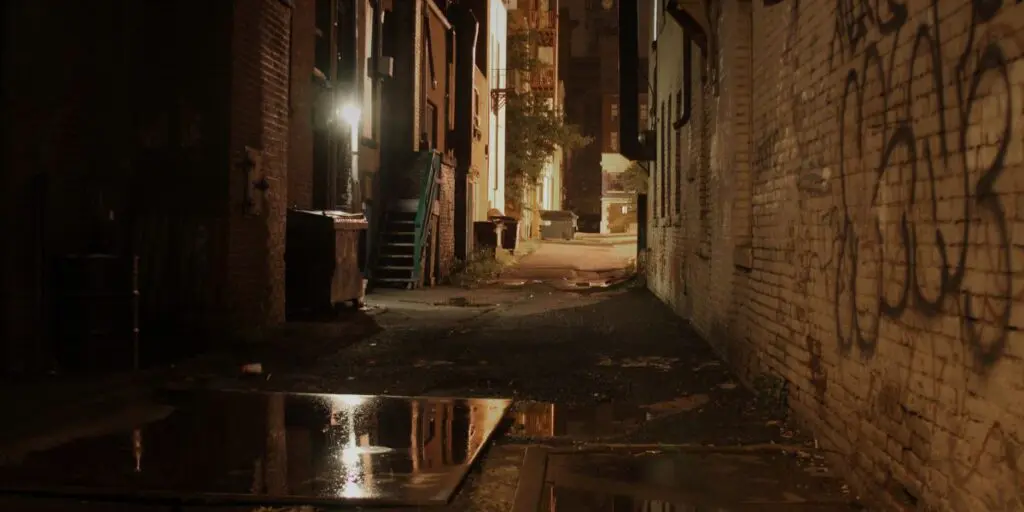
Conclusion
Understanding the urban landscape goes beyond simple navigation. It requires a deep understanding of the city’s dynamics, from traffic patterns to the locations of essential resources. By familiarizing yourself with these aspects of your city, you can increase your chances of surviving and thriving in an urban crisis. Remember, knowledge is power, and in a survival situation, it can be your most valuable resource.

